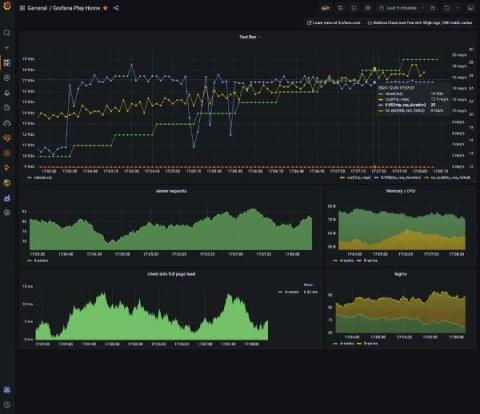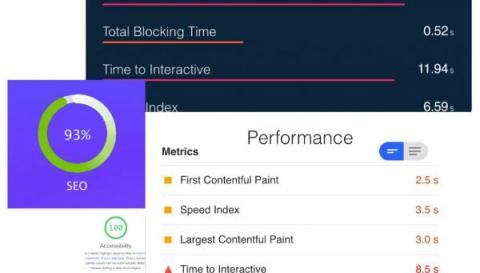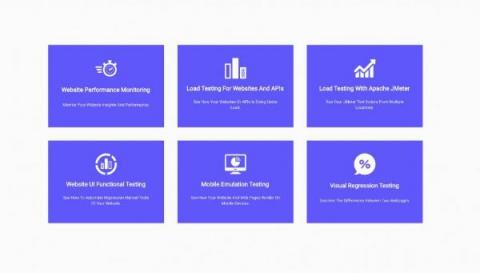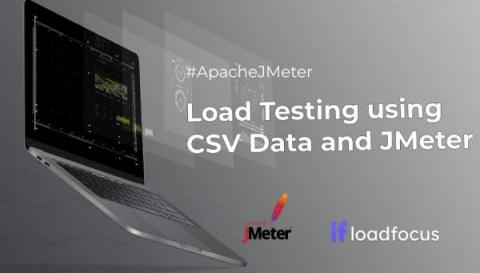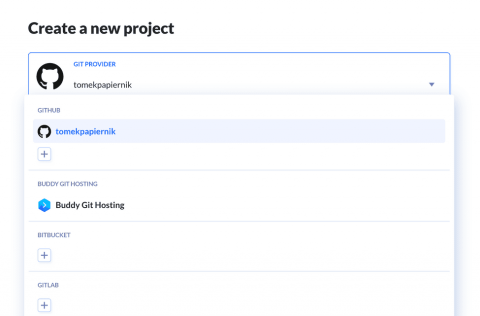How to Compare Two Load Tests using the Baseline Comparison Feature
The load test comparison feature build-in to LoadFocus Results allows you to compare the results of two different test runs of the same test for the cloud load testing service. You can visually compare the results between the test run set as baseline and the current test run, just by setting a test run as a baseline, and loading the other load tests runs. Baseline comparison is important because it allows to easily find differences in performance for the test runs.



